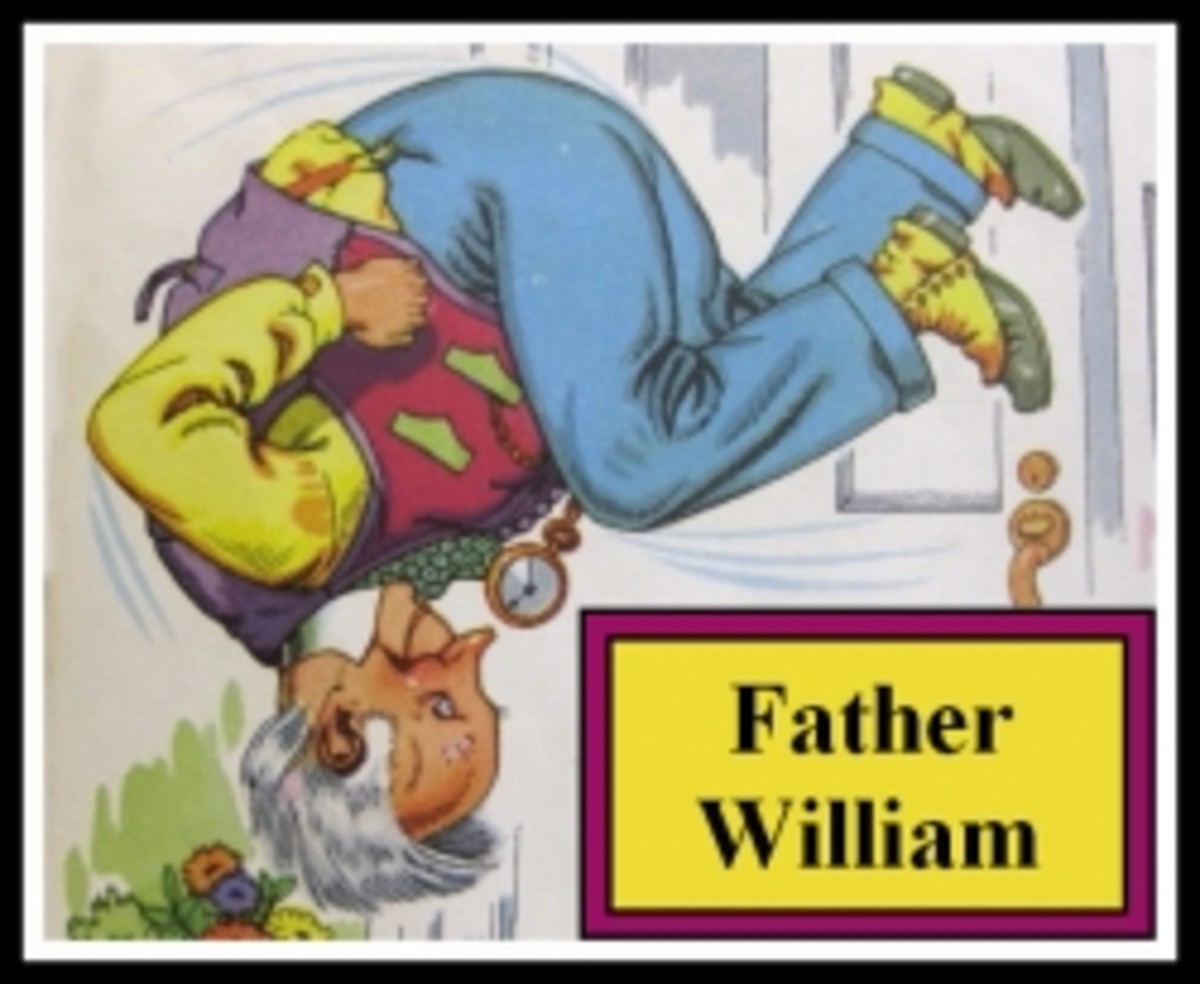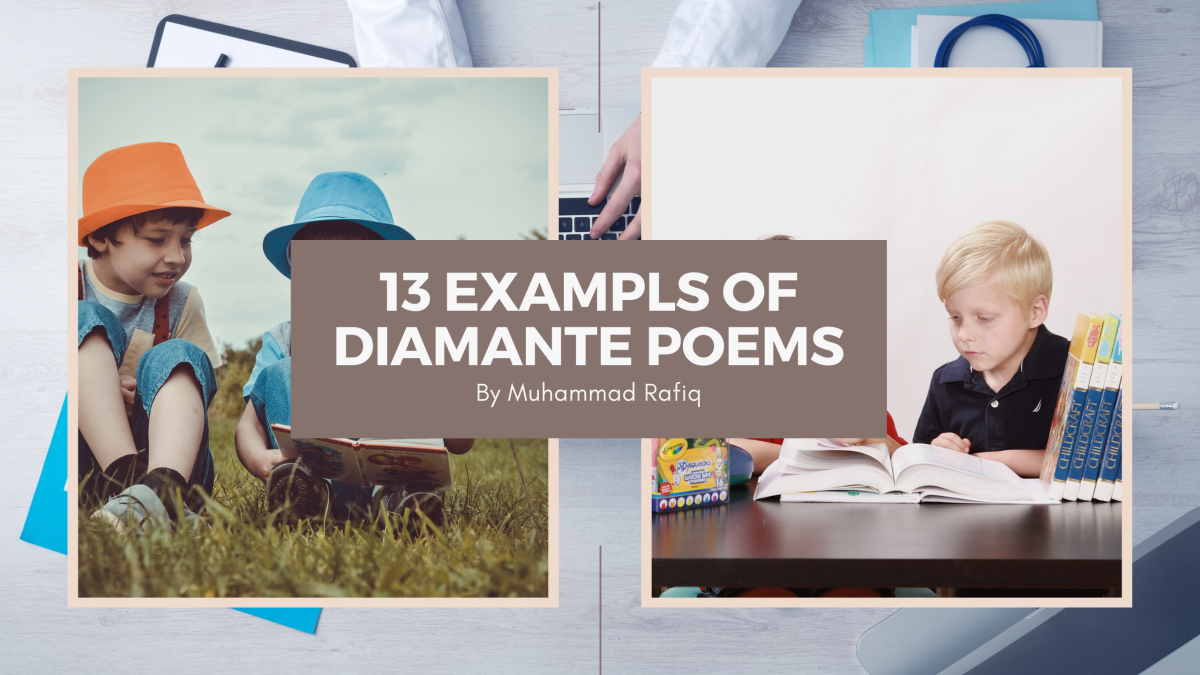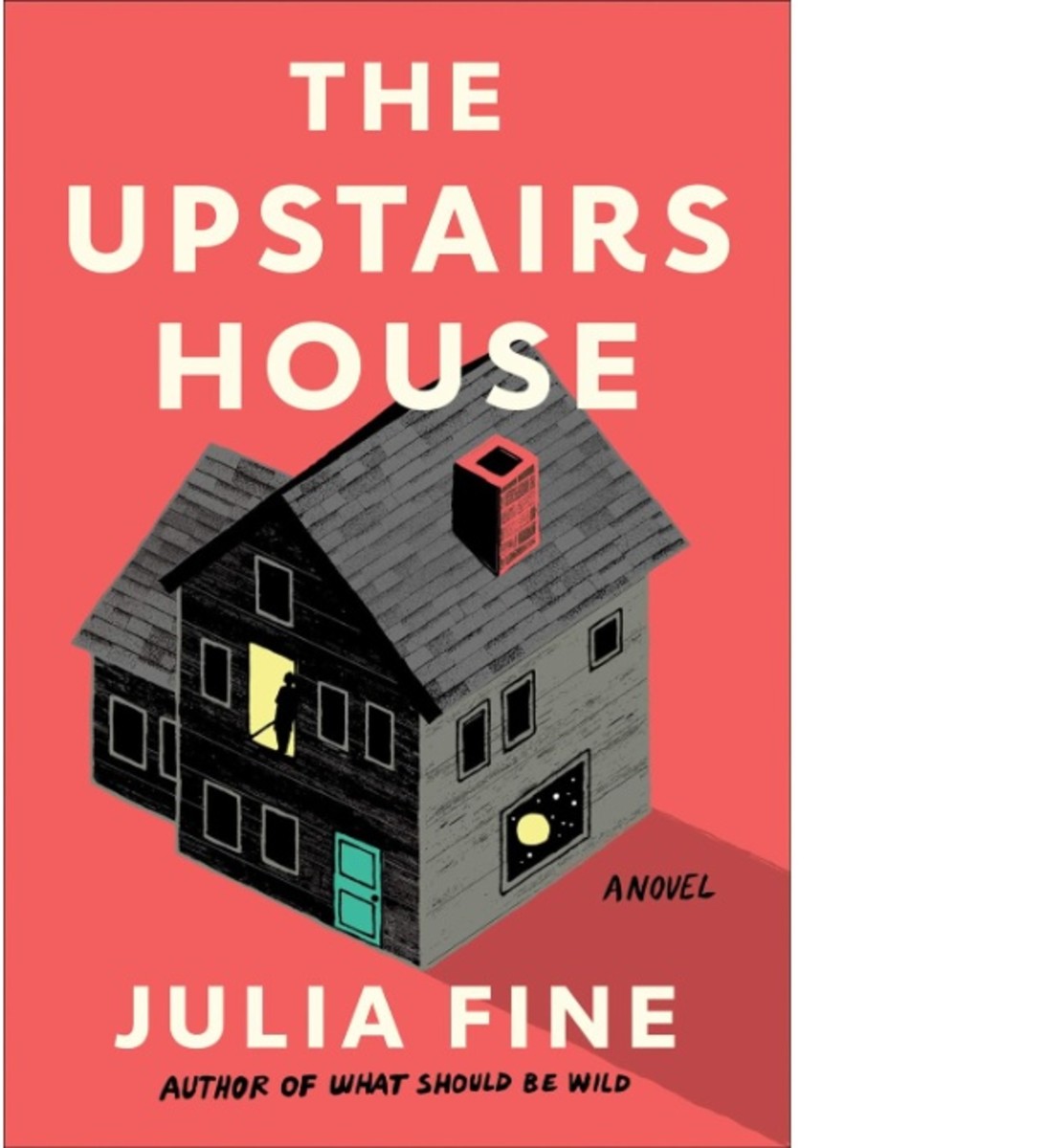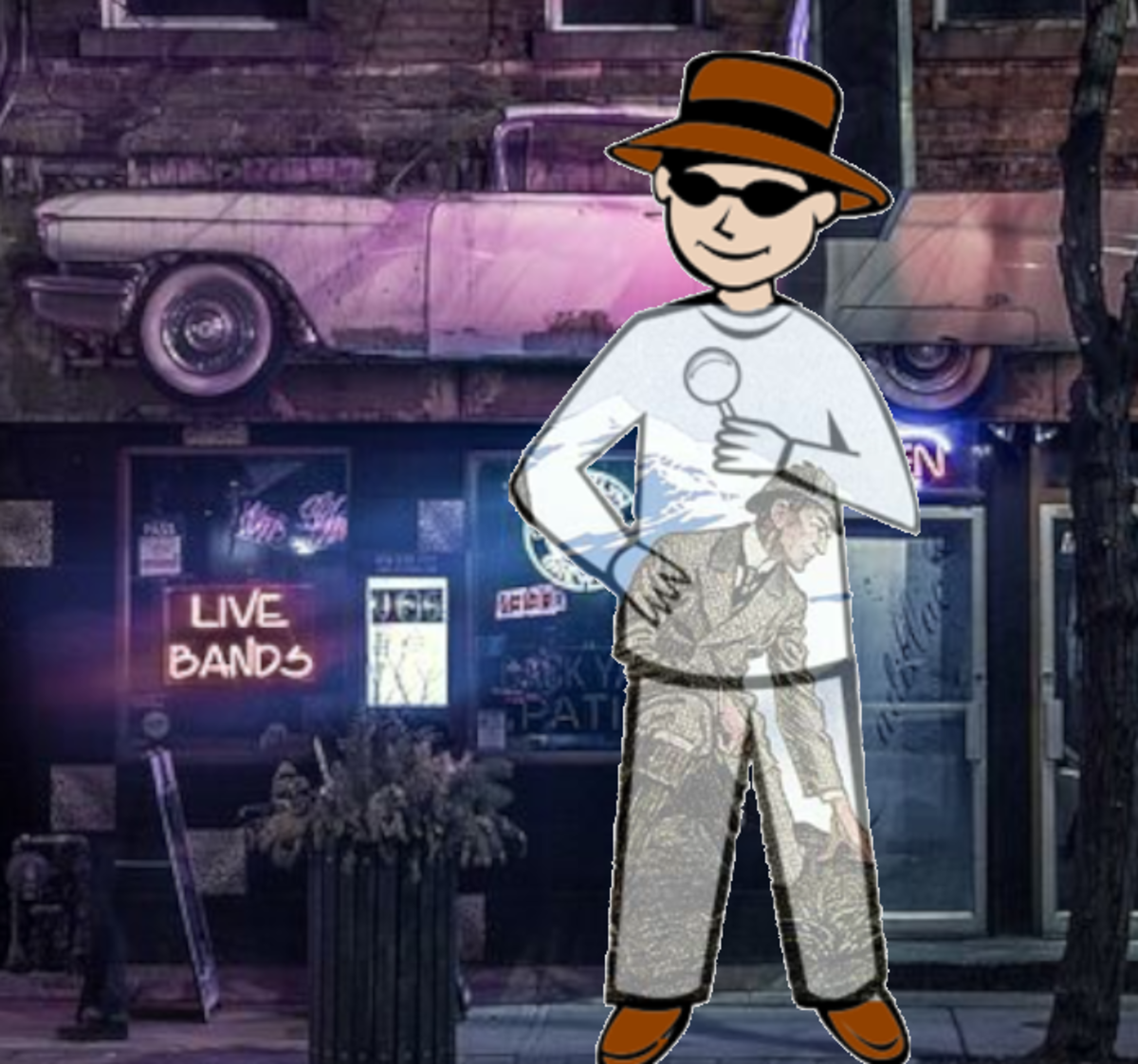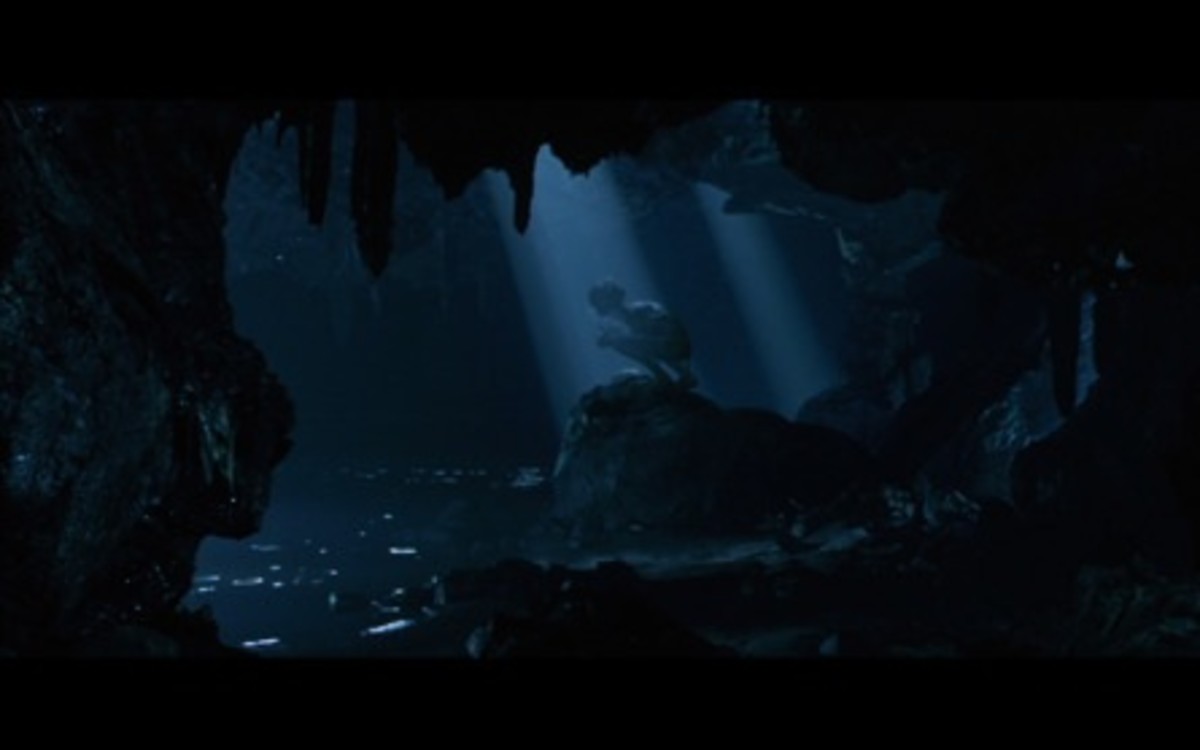Book Review of Marilyn Chin's Rhapsody in Plain Yellow
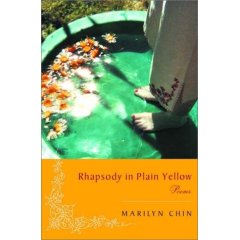
The topics Marilyn Chin writes about in Rhapsody in Plain Yellow cover a wide range of themes. Her poems are about identity: national, cultural, and personal; love: friendly, familial, and romantic; being different or “other” in society; and, about being a woman living with different cultures and expectations.
The title, Rhapsody in Plain Yellow, sets readers up for what to expect in Chin’s collection of poems. A rhapsody is defined as an epic poem adapted for recitation, but in music it is defined as a one-movement work that is episodic yet integrated. Both definitions apply to Chin’s title, especially when you look at the other titles she uses within the book.
One title, acting as a header for a group of individually titled poems, refers to music: Broken Chord Sequence. This group includes titles with more musical references: Hospital Interlude (an interlude can refer to time as well as music), Song of the Giant Calabash, Hong Kong Fathersong, Libations, Song IO.
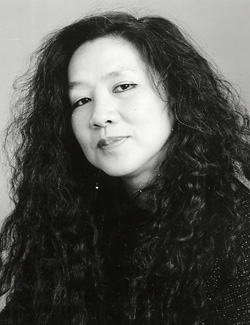
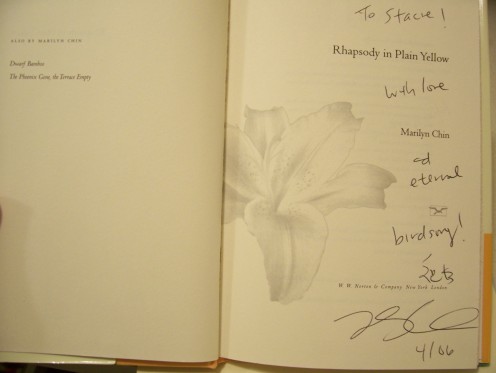
Marilyn Chin on Amazon
Another poem in the book is entitled Folk Song Revisited. The presence of musical allusions in her titles makes a strong impression. The rhapsody is in “plain yellow” because of her skin color (or heritage). The color yellow is referenced in titles throughout the book as well: Blues on Yellow, Blues on Yellow (#2), and Blues on Yellow (#3). The color yellow is also present in the lines of some poems, such as Where We Live Now: “scentless forsythia brilliant yellow.” Armed with the knowledge that Chin’s poems are separate works but fit together as a whole “epic poem” makes reading them more enjoyable. As well, the last poem in Chin’s collection is entitled Rhapsody in Plain Yellow and it is an epic poem for her love.
Otherness
Chin doesn’t specifically writing for an audience such as myself—a young, white, American woman. But the experience of reading her poetry about living as an “other” is something everyone can universally relate to in their own individual ways. As a woman, I might relate more strongly than a man would to the lines, “He enters her from behind/ Her sobbing does not deter him.” But, these lines about a rape of a woman by her drunken husband create emotion in anyone, man or woman.
In fact, the poem Variations on an Ancient Theme: The Drunken Husband, the poem the above lines are taken from, is a great example to illustrate how Chin offers personal, specific themes that can be felt more generally. I found it difficult to read this poem the first time because I grew up in a home of domestic violence with alcoholic parents. The lines, “Hush, kids, go to your room/ Don’t come out until it’s over,” forces me to remember experiencing this sort of situation first hand. But these same lines would affect someone who hasn’t experienced it because there is a universal emotion shared about keeping children safe. So when Chin writes about her own life, or her ancestry, it opens a portal of knowledge and experience to those of us who haven’t experienced this “otherness.”
The Language
The way Chin uses language is remarkable. She often uses words or lines with double meanings that resonate throughout her poems. The poem Ohio/Ohio is about finding love and about breast cancer. “There is a spot near your broken heart”, the first line of the poem, is symbolic of a heart broken by love, but also about the cancer in a breast, which is physically located near the heart.
The second line, “Stupid pupils, they’re blind” plays with the word “pupils”—one meaning could be the pupils of eyes, and they are literally blind. The other meaning refers to students, which is reinforced by the next line: “You teach them Kanji for love.” In the next line, the meaning continues in its complexity. “The tenth stroke it’s the great aorta”: the stroke very easily refers to the Kanji character for love and aorta refers to heart, obviously the idea of love and the heart often go together. But this line can also be interpreted as the stroke being a part of the breast surgery, which would physically be near the heart.
The point is that Chin writes beyond the obvious, not just with single words, but by using ideas and whole lines, to weave together multiple meanings and themes.
An Acquired Taste
The more I read Chin’s poems, the more I enjoy them. At first I didn’t like them. There are some basic problems with Chin’s form and structure that I had to get past to be able to really experience her words. Her lack of punctuation was one of these frustrations because I prefer poetry with punctuation. As well, her indentations and fragmenting of sentences also bothered me:
“Cheer up cheer up dress up to kill”
The above line is an examples of how Chin breaks away from the more traditional stanza formation. But despite this, the images and symbols she uses throughout her poetry are moving. Her ideas come alive with the language she uses.



